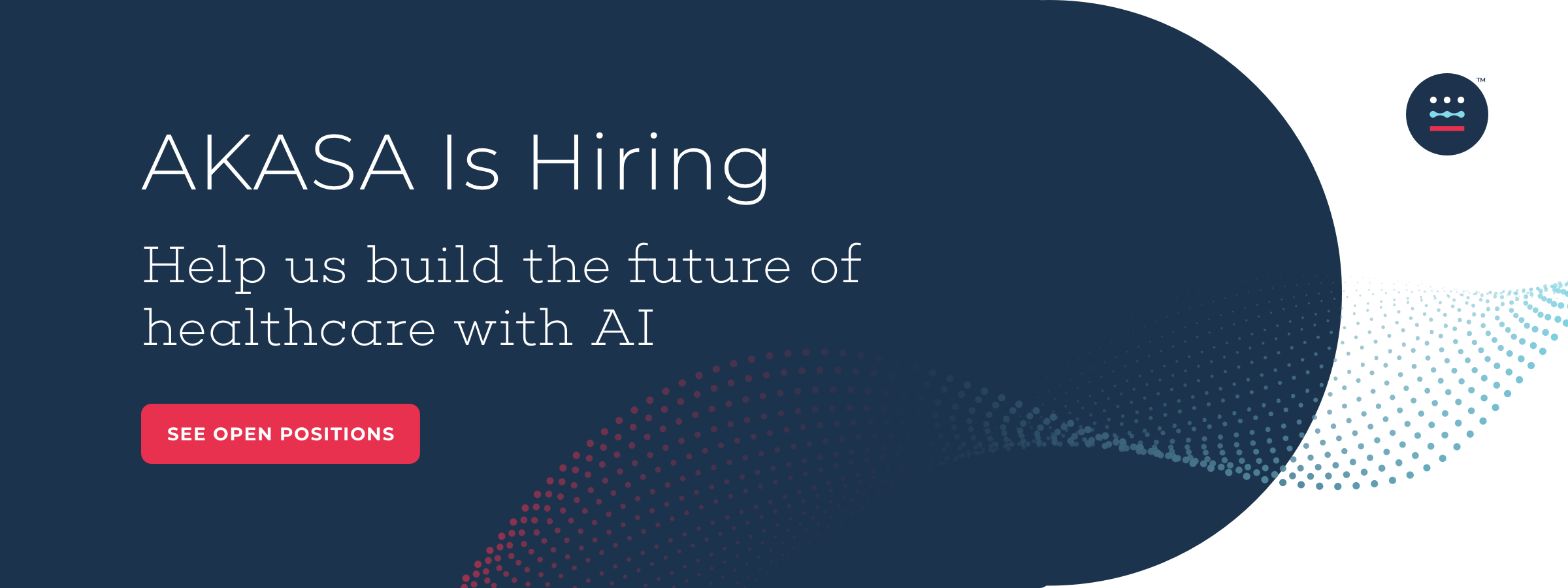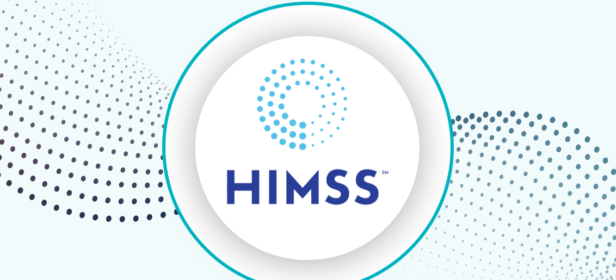The Gist
The U.S. healthcare system is uniquely burdened by bloated administrative costs, inefficient processes, and poor patient experiences. While policy change is slow, the need for relief is urgent. That’s why we founded AKASA: to give healthcare organizations cutting-edge tools to navigate financial complexity today. We assembled a team of top engineers and revenue cycle experts to build generative AI-powered solutions purpose-built for the healthcare revenue cycle. This mission drives everything we do — because healthcare deserves better.
American medicine is the best in the world, but the American healthcare system is not.
Global healthcare statistics show that the U.S., by far, has the world’s most expensive healthcare system. Despite this massive spend, our outcomes are middling at best.
Why is it so expensive for us when there are so many more efficient healthcare payment models around the world?
Canada follows the National Health Insurance model, where the payer is public and providers are private. The U.K. follows the Beveridge model, where both the payer and providers are mostly public. Many countries, including Germany and Japan, follow the Bismarck model where both payers and providers are private entities, a model that should be familiar to many Americans. And of course, there is the out-of-pocket model, primarily in use in developing countries, where healthcare insurance is not prevalent and patients pay out of pocket for healthcare services.
Why didn’t we pick one of these models, since they appear to enable high-quality healthcare at low cost? It turns out, we didn’t pick just one of them, we use all of them.
In the U.S., the National Health system model (public payer + public providers) is used to serve the military and veterans through TRICARE and Veterans’ Affairs. The same public payer + public providers model is used by the Indian Health Service to provide healthcare for Native Americans. The Bismarck model (public payer + private providers) is utilized by Medicare, for those Americans over 65. The Beveridge model (private payer + private providers) is probably the most familiar to working Americans — you can choose from multiple private insurance companies during the course of your working life, and see private providers.
Finally, those that are uninsured in the US will pay out of pocket, often at exorbitant costs. While the Affordable Care Act (ACA) significantly reduced the number of uninsured Americans, nearly 28 million Americans remain uninsured (and likely more today, given the millions of people losing their employer-sponsored insurance due to COVID-19).
This is not to say that other countries follow one model exclusively, they often have pockets of these other models. The US is unique, though, in that all four of these models are used at significant scale, and having to accommodate all these models means that we’ve built massive complexity into our system.
Understanding the U.S. Insurance Model
The result is that we had to build multiple different processes and coding systems — HCPCS, CPT, ICD, DRG — to make it work. We had to develop an entirely new profession, medical coders and billers, to communicate what a provider did and how much they should get paid to a payer. Every year, these folks have to learn an increasingly more arcane set of rules and codes (occasionally resulting in extremely specific codes like ICD-10 code Y93.D: V91.07XD — “Burn due to water-skis on fire, subsequent encounter”).
Reimbursement complexity takes a toll on every participant in the ecosystem, and there are no winners. Administrative costs now make up about 34% of total health care expenditures in the U.S., according to a study published in Annals of Internal Medicine.
According to a study featured in Harvard Business Review, for each doctor hired, health systems routinely hire 16 additional staff members. Of this total of 16 staff members, 10 are administrative while only 6 are providing clinical care. According to some estimates, we waste more per year ($760B — $935B) than the next highest healthcare spending country spends per year for all their healthcare.
Despite all of this complexity and money spent, the patient experience is often atrocious.
Here is one of my favorite analogies for the patient experience: Imagine going to a restaurant, not getting a menu, being told what to eat, not being told what it costs, and then getting your bill about a month after you’re done with the meal. And you’re required to pay the bill under threat of a crippling hit to your credit score. That’s healthcare in the U.S.
In my prior role at Andreessen Horowitz (a16z), I had the opportunity to dive into the messy guts of healthcare. I worked on investments and investment opportunities into providers, payers, biotech companies, and healthcare technology companies. A single common hurdle faced them all — efficiently navigating the financial system of healthcare.
It wasn’t just early stage companies that had this problem, the largest health systems in the U.S. faced challenges with Revenue Cycle Management (RCM) as well — at a16z, I was able to deeply dig into and understand these challenges with them. It was clear to me that the problems and lack of technology innovation in the revenue cycle are a systemic and significant obstacle for every single organization operating in the US healthcare system.
Is There Any Fixing the U.S. Healthcare Situation?
While policy changes could address some of the fundamental complexity and issues in RCM, it would require incredibly sweeping changes, which are likely to take generations to develop and enact. We can’t afford to wait. Yes, we pay in terms of dollars spent, but more importantly, we pay more in poor patient experiences and poor health outcomes.
My cofounders and I have a deep sense of urgency for addressing complexity in healthcare with new technologies. If we can’t immediately remove complexity from our healthcare system, let’s arm healthcare providers and innovators with better tools. Now! Today! So they can effectively navigate complexity and lessen the negative impacts those complexities have on patients.
THIS is why we founded AKASA.
We intentionally convened a team uniquely qualified to bring modern solutions and some of the most advanced technologies to healthcare RCM — a team composed of experts in multiple, complementary disciplines. AKASAns represent deep expertise across both technology and healthcare revenue cycle operations.
We’ve built this cross-functional skillset deep into the DNA of the company. We have technology experts from the top Silicon Valley technology powerhouses (places like Google and Facebook), many with graduate degrees in machine learning.
We also have senior leaders from the frontlines of healthcare with decades of experience leading revenue cycle teams at some of the most prominent healthcare institutions in the U.S. And we have a deep bench of talent from premier healthcare services firms like the Advisory Board, Optum, and Triage Consulting.
Only with this unique blend of talent could we develop an entirely new approach to AI-powered RCM that is purpose-built for healthcare revenue cycle management.

Our team has grown rapidly, in parallel with the results we’ve delivered to our clients (like Cleveland Clinic, Johns Hopkins, and Stanford). We believe we can help restore trust in healthcare by bringing together the best of people, data, and technology to address financial complexity in the U.S. healthcare system.
If you’re interested in helping us change healthcare and want to work with some of the brightest minds in the industry, join our team today.

Malinka Walaliyadde is the CEO and co-founder of AKASA. Prior to AKASA, Walaliyadde was a partner at Andreessen Horowitz (a16z), a $16.5B venture capital firm based in Silicon Valley. At Andreessen Horowitz, he helped start and build their healthcare investment team which focused on investments at the intersection of software and healthcare; he worked on almost 20 investments totaling over $250M in deal value. Walaliyadde previously worked at Corning Life Sciences, Counsyl, and on the healthcare team at Deloitte. Walaliyadde has previously been named to the Forbes 30 under 30 list and holds a bachelor’s degree in materials science and engineering, graduating cum laude with honors from Cornell University.









